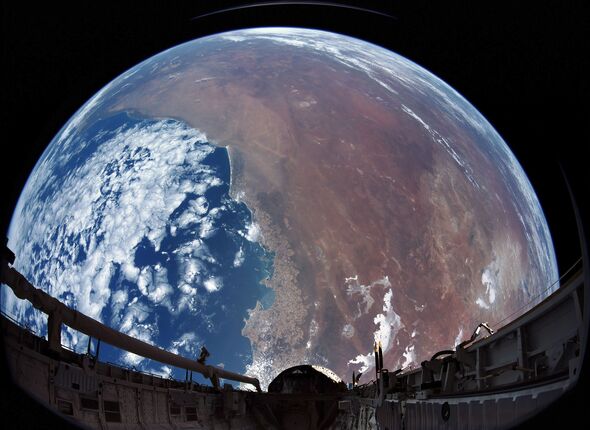The world’s smallest continent is on a slow but steady journey – one that is literally bringing it closer to Asia.
About 300 to 200 million years ago, the Australian tectonic plate was part of the supercontinent, Pangea, when all of Earth’s landmasses were joined together.
As the landmasses began to separate, forming the continents we know today, Australia officially split from Antarctica around 80 million years ago.
Officially known as the Indo-Australian Plate, it has continued to move over time. Over the course of the last 50 million years, Australia has been moving northward, slowly approaching its current position.
However, it is not going to stop. Australia continues to move northwards in the direction of southeast Asia at a rate of about 2.8 inches, or seven centimetres a year – about the same speed that our fingernails grow.
“Whether we like it or not the Australian continent is going to collide with Asia,” said Curtin University Professor Zheng-Xiang Li in 2009.
The tectonic plate interactions in this region have resulted in some of the world’s most iconic geological features. When the Australian plate collided with the Pacific and Philippine Sea plates, the Great Barrier Reef formed as northern Australia moved into tropical waters, creating a fertile climate for coral growth.
“The Earth is a living thing, it is always evolving,” continued Professor Li. “We believe that the earth evolves in a cyclic pattern, where the continents move apart and now are moving back together.”
However, there is no immediate reason to panic, as Professor’s Li’s prediction is not due to happen for another few hundred million years. It will, however, cause stress at the plate boundaries, which can result in increased seismic activity, including earthquakes.
Over time, this continental movement has affected Australia’s maps and GPS devices, which were about 1.5 metres out of kilter in 2016. As a result, Australia’s coordinate system was moved about 1.8 metres north on New Year’s Day – its first update since 1994.
Many interested in the fate of Australia’s unique animal species have taken to Reddit to debate the outcome of when the two continents collide.
“Once Asia’s standard fauna meet Australia’s unique fauna, what then?” asked one. “Personally, I think macropods (except for tree-kangaroos), monotremes, possums (except for gliding possums) and wombats could survive the onslaught, as they wouldn’t share their niches with any of the Asian immigrants.
“Koalas too, but only as far north as the Philippines (the northernmost range of Eucalyptus). Everything else, though, is getting outcompeted.”
“Please keep in mind that Australia in 50 million years will be so far north that the bulk of it will be in the tropics, meaning that it is likely to be much, much wetter,” added another.
“The drastic change in climate will mean that animals will need to adapt to a land that is likely to be dominated by rainforests and swamps rather than the deserts, scrub and plains we are familiar with.”
